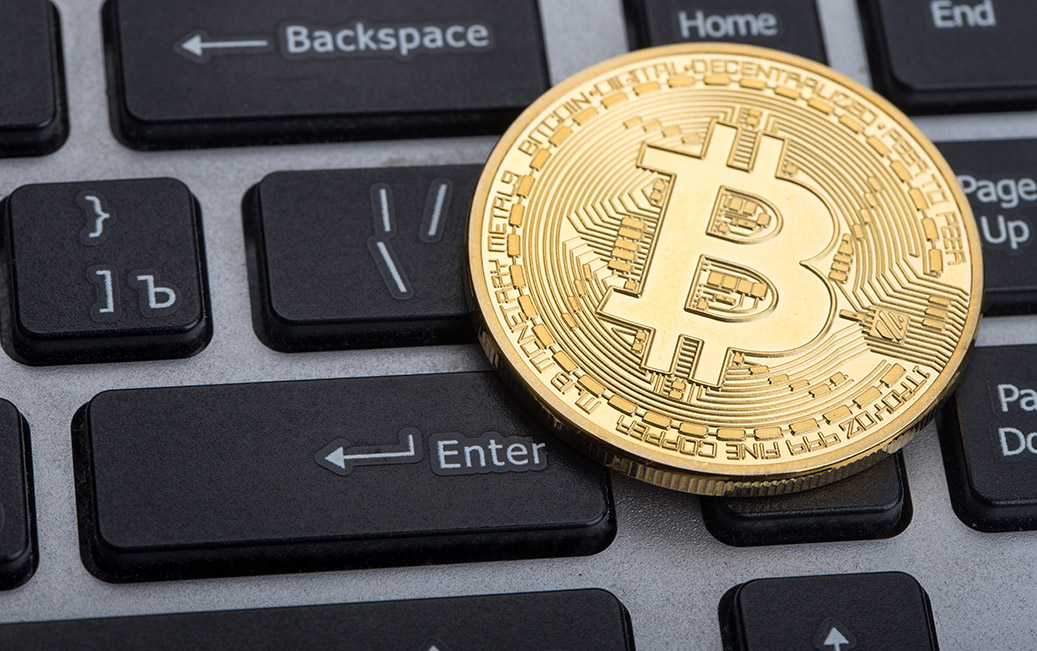Bitcoin Fees

When you trade in stocks and shares you are charged transactional fees. These fees, which many would claim are just money-grabs by bankers, are partially used to cover the costs of managing the system.
The same occurs when someone tries to make a trade of Bitcoin; You pay a transaction fee to cover the costs associated with validating the recent transaction and adding it to the blockchain ‘ledger’.
The fees are variable, but there will generally be a “market price” that will get a trade executed in a timely manner. The higher the fee, the sooner the trade will be executed. To determine what you are going to pay, you first need to find out how many satoshis/byte the market has charged on recent transactions. Then, by researching the current average of bytes per transaction, you can calculate your transaction fee and include that in your transaction when you send it through your wallet or exchange.
Transaction fees and speed of execution
The transaction fees paid into the system are partially used to pay the “miners” who solve the cryptographic problem for adding new transactions to the blockchain. These miners, though, are only human, and will therefore be more likely to accept the highest fees first. This is why you will notice a difference in the time it takes to execute a trade with a low fee versus a high fee. This is the free market at work. Generally the sender of the Bitcoin will pay the transaction fee, but this can be modified depending on the situation and software involved.
Each block that is confirmed contains a multitude of transactions that have occurred since the previous block was created. This new block contains the information concerning those recent transactions, and is responsible for updating the ledger to reflect the change in balances that has occurred.
The blockchain technology that Bitcoin depends upon requires constant updates to the ledger in order for the system to function. If this didn’t occur, then there would be no way to solve the double-spend problem and the system would be no better than a Ponzi scheme. Consequently it is a requirement that the ledger is updated every 10 minutes or so with new blocks. The eventual goal is for fees to be enough to compensate the miners, so these miners continue to maintain the system once the last Bitcoin has been mined.
